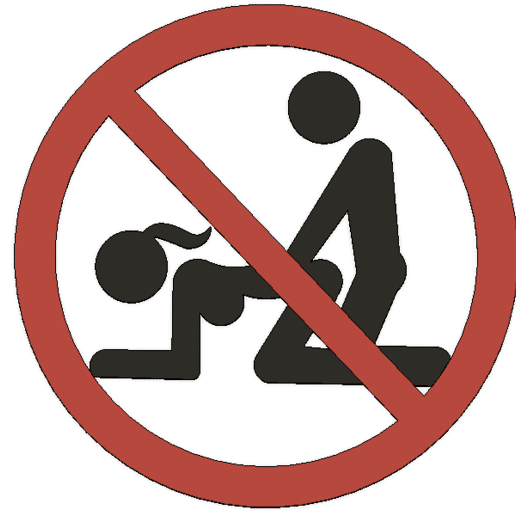OK, let’s get to the chair …
All the experts agree that, ideally, a chair should have a height adjustment, to avoid unnecessary muscle strain that causes aching necks and backs. If you can’t afford to buy a proper office chair, Hall says there’s often a spare one somewhere that’s not being used by a friend or neighbour, so ask around.
It’s important that the chair facilitates good posture – many chairs that aren’t ergonomically designed go out at too far an angle, Davis explains. He recommends asking someone in the house to take a photo of you sitting, so you can check whether your torso and head are in a straight line.

The chair should support your lower back, so the spine is in its natural S-shape. If not, Davis recommends adding a cushion or rolled-up towel. This lumbar support is not designed to take all your weight, just to act as a reminder to sit in an upright, S-shaped position.
The chair should also allow the knees and elbows to be at right angles, to minimise unnecessary muscle strain.
If the chair is too high and your feet aren’t supported, Davis recommends using a stable surface to prop them up, like a box or ream of paper. The desk should support the elbows – if that’s too high and you can’t lift the chair, try sitting on a pillow or a cushion.
Keep your eyes up
Your keyboard and mouse should be about 8cm to 10cm from the edge of your desk, and the top of the monitor should be about one arm’s length away, at eye level to avoid leaning forward or back.
This can pose problems for users of laptops, which are best suited to occasional work and checking emails while travelling. People who don’t have other options should source an external keyboard and mouse so they can raise the laptop to eye level using something like a shoebox, to prevent hunching over. Similarly, any reference documents that make you look down should be raised – Davis uses his mother’s old recipe book holder for this.
Movement is your friend
If there really are limited options for achieving the ideal work position, Oakman says you should do your best to change positions and move between sitting and standing frequently.
As an exercise physiologist, Davis says regular rest breaks are critical, making sure to get out of the chair every 30 to 45 minutes – if only briefly, to move around, stretch and change position. This will shift the strain between intervertebral discs, the spine’s shock absorbers.
“The most common time you see injuries, even for healthy workers in a sedentary office job or home setup, is with prolonged sitting,” he says. A common example is when someone’s focused on typing for two or three hours, “loading their postures”. Then, when they bend down to pick something up, their back cracks.
Other ways to facilitate more movement include taking phone calls standing up, or walking around wherever possible.
What about a standing workstation?
Standup desks are great, Davis says, mostly for facilitating frequent postural change without having to move away from the desk. But they tend to be expensive, so he wouldn’t recommend running out to buy one. If you have a bench or ledge at an appropriate height to set up a monitor or laptop, he suggests you could use it to work standing up for 15 or 20 minutes every hour or two – the maximum he recommends standing is for 20% to 30% of the working day.
As far as fit balls go, Davis has no problem with using them for their intended purpose – which is exercise. But they’re not designed to be used as a chair and cause similar problems to sitting and standing, if you end up in a static posture for prolonged periods. Using them for five to 10 minutes at a time would be his maximum recommendation.
Workouts will help
Exercise has numerous physical health benefits, Davis says, and is also a brilliant way to strengthen muscles and protect your back, especially through a strong core workout and bodyweight exercises. But he warns that you should build up, cautioning against isolation crazes on social media where people are doing 1,000 repetitions a day. “It’s walk before you run.”
Oakman stresses the importance of getting out and moving for physical and mental health. “One of the reasons we’re allowed outside is to exercise, and you need to use it – that’s really, really important.”
If you do have problems
For people with pre-existing conditions or emerging back problems, solutions need to be tailored to the specific issue by experts, informed by a full medical and treatment history.
Source : MSN





















